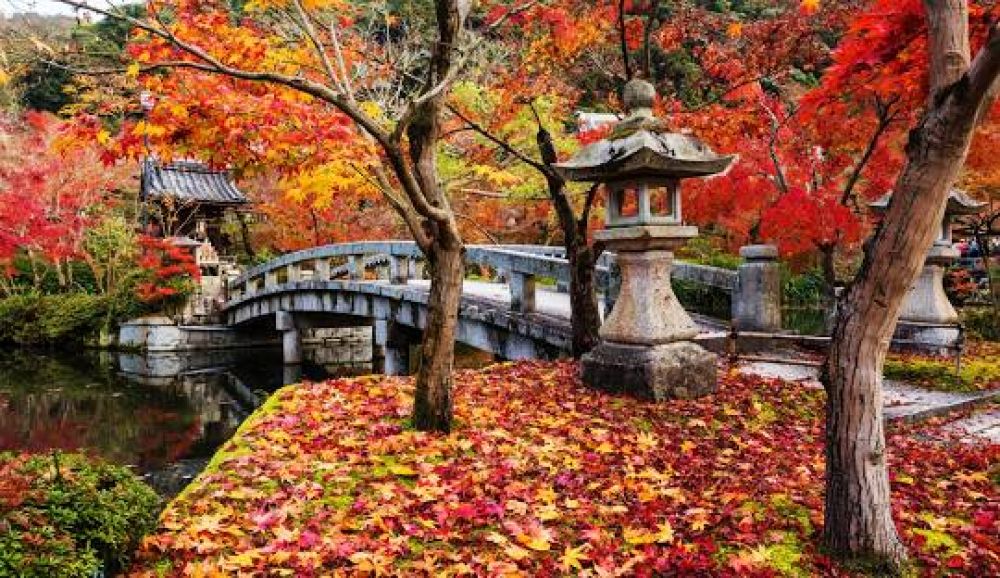

Eikando Zenrinji Temple, officially known as Zenrin-ji, is a temple located in the Higashiyama district of Kyoto, Japan. This temple has a long-standing historical significance and has become an important destination for tourists and pilgrims about to embark on a journey through Japan’s rich cultural and religious heritage.
The origin of the temple dates back to the Heian period (794-1185), initially founded as a training monastery for the Shingon sect of Japanese Buddhism. However, it was during the 11th century that the temple became associated with the Jodo sect. The most famous head priest, Yokan (Eikan), known for his devotion to Amida Buddha, spearheaded this change.
The temple complex is renowned for its architecture, especially the Tahoto pagoda, a two-story pagoda that is considered an important cultural property. Its autumn foliage, particularly around the Tahoto pagoda, is legendary and draws a large number of visitors during the fall season. The Eikando Temple's pagoda and its stunning maple trees have become symbols of Kyoto's autumn beauty.
The growth in religious pilgrimages during the Edo period (1603-1868) significantly contributed to the temple’s stature as a tourist destination. Over the years, Eikando Zenrinji has become a central point of interest during the autumn season when its gardens are ablaze with vivid red and orange leaves—a sight that has garnered fame across the nation.
Eikando Zenrinji Temple remains a pinnacle of cultural tourism, where visitors can appreciate traditional Japanese aesthetics and spirituality. Particularly in modern tourism, the temple is famed for the spectacular view of Kyoto City from the summit of its Tahoto pagoda.
Recent trends in tourism at Eikando include night-time autumn illumination events, where visitors can experience a magical and enchanting view of the fall colors under the night sky. Additionally, the rise of social media has introduced a global audience to the temple's breathtaking scenery, significantly boosting its international appeal.
The temple has adapted to modern tourism trends by incorporating multi-language support for visitors and embracing digital visitor experiences, which have made this ancient site accessible to a wider, international audience. Also, events and festivals held at the temple throughout the year cater to both seasonal visitors and those interested in religious practices and Japanese culture.
In an ever-evolving tourism industry, Eikando Zenrinji Temple has managed to maintain its serene and spiritual atmosphere while accommodating the interests of global visitors. Its storied past and adaptability promise to keep it as one of Kyoto's most treasured destinations for many years to come.